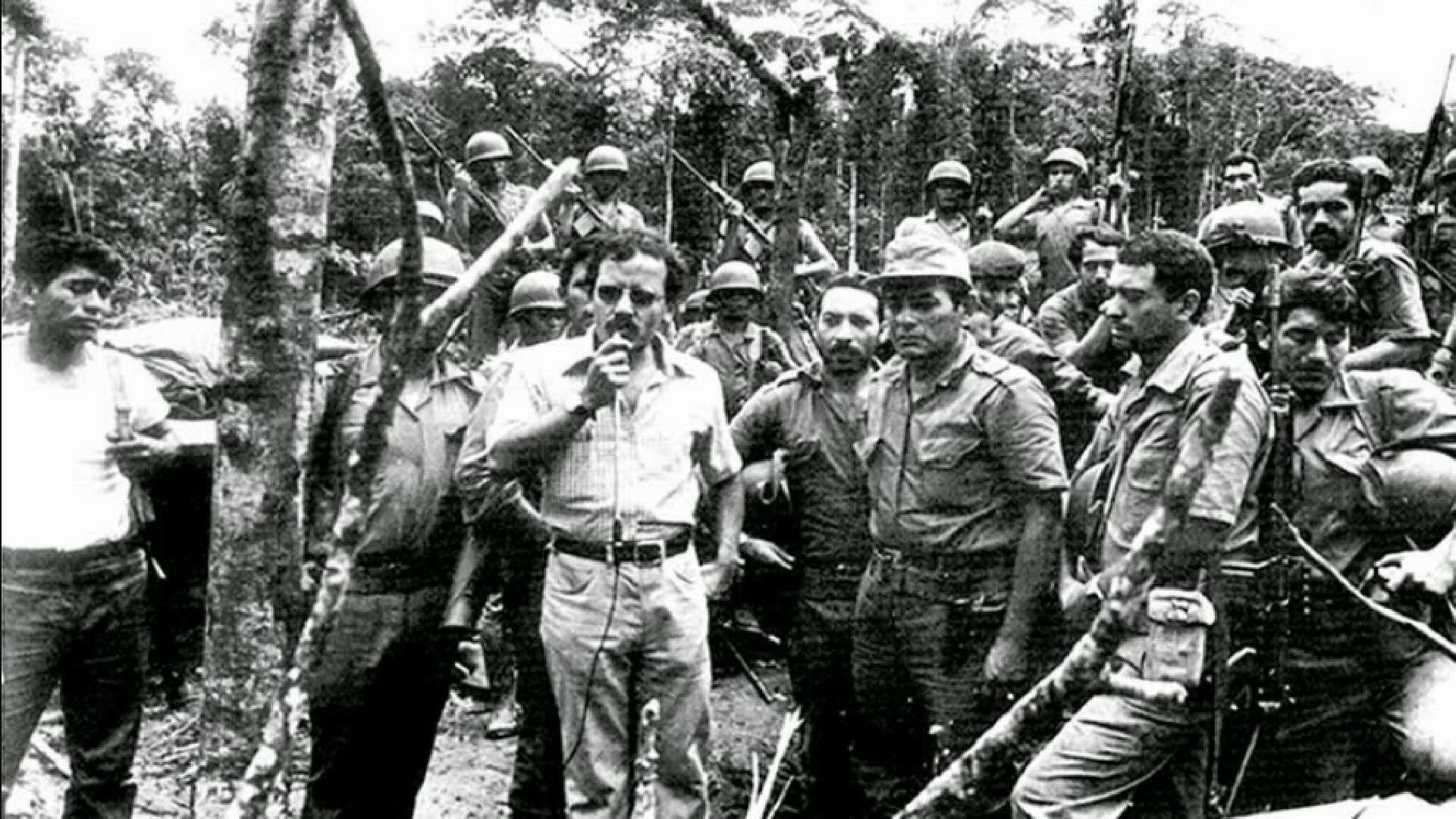
The Paquisha War, a brief yet intense conflict between Ecuador and Peru, took place in January 1981. This war, often overlooked in history books, was primarily about territorial disputes in the Condor Mountain Range. Both nations claimed ownership of the Paquisha area, leading to a series of skirmishes. Despite its short duration, the war had significant implications for regional politics and military strategies. Understanding the Paquisha War helps us grasp the complexities of South American geopolitics and the enduring tensions between neighboring countries. Dive into these 25 intriguing facts to learn more about this pivotal moment in history.
Key Takeaways:
- The Paquisha War was a short but intense conflict between Ecuador and Peru in 1981, highlighting the complexities of border disputes in the Amazon region and the importance of diplomatic negotiations.
- Both countries used military strategies and air power in the conflict, leading to political tensions, economic disruptions, and a renewed focus on border demarcation and infrastructure development.
Background of the Paquisha War
The Paquisha War was a brief but intense conflict between Ecuador and Peru. It took place in 1981 and revolved around territorial disputes in the Amazon rainforest. Here are some intriguing facts about this war.
- The war began on January 22, 1981, when Ecuadorian forces occupied three Peruvian military outposts.
- These outposts were located in a disputed area known as the Cordillera del Cóndor.
- The conflict lasted for just over a month, ending on February 21, 1981.
- Both countries claimed victory, but the war did not resolve the underlying territorial dispute.
- The Organization of American States (OAS) intervened to mediate between the two nations.
Key Players and Military Actions
Understanding the main actors and their strategies gives insight into the dynamics of the Paquisha War.
- Ecuador's military strategy focused on rapid occupation of strategic points.
- Peru responded with air and ground assaults to reclaim the occupied outposts.
- The Ecuadorian Air Force played a crucial role, conducting several bombing raids.
- Peru deployed its elite troops, known as the "Peruvian Rangers," to the conflict zone.
- Both countries used helicopters extensively for troop transport and reconnaissance.
Political and Diplomatic Repercussions
The Paquisha War had significant political and diplomatic consequences for both nations.
- The conflict strained diplomatic relations between Ecuador and Peru for years.
- It highlighted the need for clear demarcation of borders in the Amazon region.
- The OAS's involvement showcased the organization's role in regional conflict resolution.
- Both countries increased their military spending in the aftermath of the war.
- The war led to a renewed focus on diplomatic negotiations to settle the border dispute.
Human and Economic Impact
Wars often have profound effects on the people and economies of the involved nations. The Paquisha War was no exception.
- Casualties were relatively low, with fewer than 100 soldiers killed on both sides.
- The conflict disrupted local communities, particularly indigenous groups living in the disputed area.
- Economic activities in the region, such as logging and mining, were temporarily halted.
- Both countries faced increased military expenditures, straining their national budgets.
- The war underscored the importance of infrastructure development in remote border areas.
Legacy and Long-term Effects
The legacy of the Paquisha War continues to influence Ecuador and Peru's relations and policies.
- The conflict set the stage for future border disputes, including the Cenepa War in 1995.
- It led to the signing of the Brasilia Presidential Act in 1998, which finally resolved the border issue.
- The war is remembered in both countries' military histories and is taught in their military academies.
- It fostered a sense of nationalism and military pride in both Ecuador and Peru.
- The Paquisha War remains a reminder of the complexities and challenges of border disputes in the Amazon region.
Reflecting on the Paquisha War
The Paquisha War may have been brief, but its impact on Ecuador and Peru was significant. This conflict, which took place in 1981, highlighted the ongoing border disputes between these two South American nations. Despite the short duration, the war saw intense skirmishes and a considerable loss of life. It also led to increased diplomatic efforts to resolve the underlying issues.
Understanding the Paquisha War helps us appreciate the complexities of international relations and the importance of diplomacy. The conflict serves as a reminder that even small-scale wars can have lasting effects on countries and their people. By studying such events, we gain insights into the challenges of maintaining peace and the necessity of addressing territorial disputes through dialogue rather than violence.
Learning about the Paquisha War enriches our knowledge of history and underscores the value of peaceful conflict resolution.
Frequently Asked Questions
Was this page helpful?
Our commitment to delivering trustworthy and engaging content is at the heart of what we do. Each fact on our site is contributed by real users like you, bringing a wealth of diverse insights and information. To ensure the highest standards of accuracy and reliability, our dedicated editors meticulously review each submission. This process guarantees that the facts we share are not only fascinating but also credible. Trust in our commitment to quality and authenticity as you explore and learn with us.
